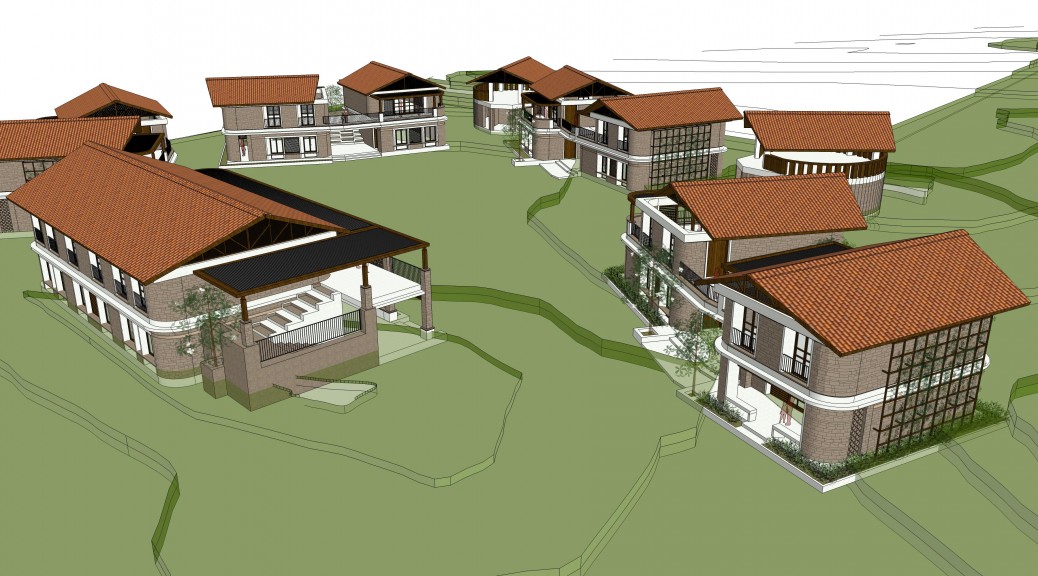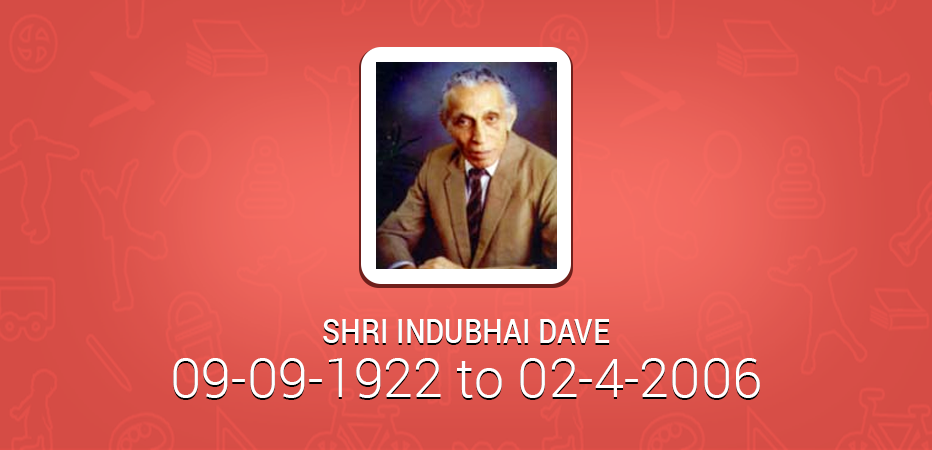Since it’s inception in the early 1940’s in Karachi, Shishukunj has grown into an international organisation with centres in all the 5 continents. At its core it remains an institution dedicated to the welfare of the children. It has developed its own eclectic philosophy over the years. The child centred approach of Maria Montessori, which was modified by Gijubhai Badheka to meet the needs of the Indian context has been a strong guiding influence in the activities of Shishukunj. For values and ethics, Swami Vivekanand and Gandhiji, have been our beacon. As we now venture into the field of mainstream education, we draw upon people like J.Krishnamurti, Rudolf Steiner, Robert Dewey, for inspiration and ideas in this field.
The Shishukunj School
- The physical space:
Anyone entering the school will get a sense of order and beauty. The school environs will be clean and tidy, and the physical spaces will have a good aesthetic sense. Children’s work will be displayed prominently. The furniture and equipment in the school will be child friendly. There will be open spaces for the children to play and sit around. - The children:
The children will be given more responsibilities as they grow older. In some areas children will contribute to discussions and help make decisions on various aspects of the school(A school council may be constituted). Spaces will be created where the older children can help the younger children with their work. Children will be given opportunities to organise various school events. The children should get a sense of belonging and feel ownership of the school. There will be forums for children to air their views. - The teacher:
The teacher plays a very crucial role in creating a shishukunj school. Therefore teachers will be chosen with great care. A teacher should first and foremost demonstrate a passion for wanting to work with children. A teacher should also have a learning mind, eager to learn new things and develop better ways of teaching. A teacher should be humble, without any sense of superiority, should be able to work together amicably with colleagues, be steeped in basic values like simplicity, be impartial in dealing with the children. The teacher will demonstrate a lot of patience in dealing with the children. - The child teacher interaction:
This lies at the core of a shishukunj school. The child – teacher interaction plays a key role in the nurturing of the child. It is only when the child feels at home in an affectionate environment can his/her true potential come through. Here the analogy of a gardener tending a plant is a potent one. If the plant is provided with the right environment, tended with care and affection, it will bloom into a strong and sturdy tree, reaching its full potential. The child has to grow in an environment that is free of fear, where threats or punishment is not used as a tool for behaviour modification. Instead, when a child makes a mistake, he is helped to face the consequence and learn from his mistakes. - The curriculum:
The curriculum should be holistic, developing the mind, body and spirit. Arts and Crafts, yoga, games, kawayat, value clarification, music,dance should be an integral part of the curriculum. The curriculum should be structured in a child friendly manner, allowing each child to progress at his own pace. The assessment procedures should be none obtrusive and there should be no comparison between children. - The learning environment:
Care will be taken to create an environment which is conducive for learning. There will be no use of physical punishment to discipline the children. The children will grow in an environment free of fear. Extra support will be given to children who require it. The ambience will be one of care and affection. - Parents:
Parents should also be made to feel part of the school. They could be involved in contributing to some aspects of the upkeep of the school. Various talks on child development and psychology should be arranged for parents at regular intervals. Regular feedback about their child’s progress should be communicated both orally and in writing. - Teacher growth:
A shishukunj school will have regular, training sessions for the teacher. It is only when the teacher is learning and growing that the children will grow. - Working with the hands:
In a shishukunj school, doing physical work like cleaning, gardening, maintenance, cooking will be part of the school day. This stems from Gandhiji’s view that there is dignity in manual labour. - Nature and environment:
There will be a strong emphasis on appreciating nature and understanding environmental concerns in a shishukunj school.



